Home>Home Maintenance>I’m On A Fixed Income: Where Can I Get Help With Home Repairs?
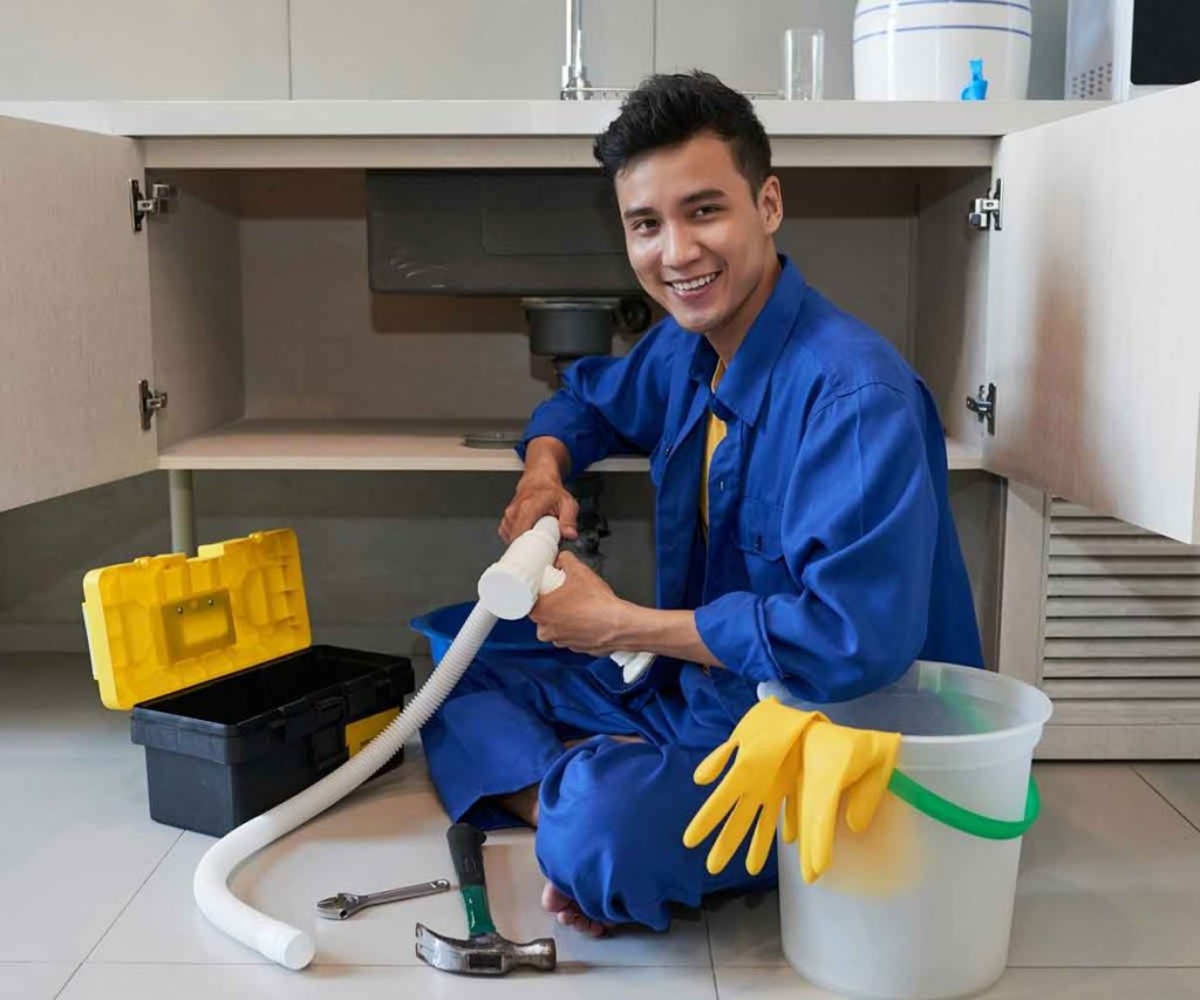

Home Maintenance
I’m On A Fixed Income: Where Can I Get Help With Home Repairs?
Modified: March 6, 2024
Looking for assistance with home maintenance on a fixed income? Discover where to get help with home repairs and keep your property in top shape.
(Many of the links in this article redirect to a specific reviewed product. Your purchase of these products through affiliate links helps to generate commission for Storables.com, at no extra cost. Learn more)
Introduction
Welcome to the world of home maintenance! Whether you are a homeowner or a renter, ensuring that your property is in good condition is essential for maintaining its value and ensuring your safety and comfort. However, home repairs can be costly, and if you are on a fixed income, finding the necessary funds to address these issues may seem challenging.
In this article, we will explore various options available to individuals who are on a fixed income and need help with home repairs. From government assistance programs to non-profit organizations and local resources, we will cover a range of avenues that can provide the support you need to keep your home in top shape.
Before we delve into the options, let’s take a moment to understand what it means to be on a fixed income and why home repairs are a vital aspect of maintaining your property.
Key Takeaways:
- Government assistance programs and non-profit organizations offer grants and loans to help low-income homeowners with critical home repairs, ensuring safety and comfort.
- Local resources, community development block grants, and homeowners insurance provide valuable support for individuals on a fixed income, safeguarding homes from unexpected repair costs.
Understanding Fixed Income
Fixed income refers to a financial situation where an individual or household receives a consistent and predictable amount of income on a regular basis. This income typically comes from sources such as Social Security benefits, retirement pensions, annuities, or disability payments. The fixed nature of this income means that the amount received remains relatively stable over time.
Living on a fixed income can present unique challenges when it comes to managing household expenses. With limited financial resources, it can be difficult to cover unexpected costs, such as home repairs. These repairs may range from minor fixes like a leaky faucet or a clogged drain to major renovations like roof repairs or electrical system upgrades.
Ignoring necessary home repairs can have serious consequences. A small leak can quickly escalate into water damage, leading to mold growth and structural issues. Electrical problems can pose fire hazards. Inadequate insulation can result in high energy bills and discomfort. By addressing these issues promptly, you can prevent further damage and maintain a safe and comfortable living environment.
Now that we understand the challenges faced by those on a fixed income when it comes to home repairs, let’s explore the various options available to help alleviate these financial burdens.
Importance of Home Repairs
Home repairs are not just about maintaining the appearance of your property; they play a crucial role in ensuring your safety, comfort, and overall well-being. Here are some key reasons why home repairs should be a priority, regardless of your income:
- Safety: Faulty electrical wirings, leaky pipes, or broken stairs can pose serious safety hazards. By addressing these issues promptly, you can create a safer living environment for you and your loved ones.
- Maintenance and Longevity: Regular maintenance and repairs can help extend the lifespan of your home. Fixing minor problems early on can prevent them from turning into major and expensive issues down the line.
- Energy Efficiency: Taking care of insulation, sealing drafts, and maintaining heating and cooling systems can improve energy efficiency, leading to lower utility bills and a smaller carbon footprint.
- Property Value: Well-maintained homes tend to have higher property values. By keeping your home in good shape, you are protecting your investment and potentially increasing its resale value.
- Comfort: A home that is free from leaks, drafts, and other issues offers a more comfortable living environment. By addressing maintenance and repair issues, you can enhance your quality of life and create a cozy space to relax and enjoy.
While the importance of home repairs is undeniable, the financial burden they can pose for those on a fixed income is a reality. However, there are numerous assistance programs and resources available to help individuals in this situation. In the following sections, we will explore some of these options in detail, providing you with guidance on where to turn for help with your home repairs.
Government Assistance Programs
When it comes to supporting individuals on a fixed income with home repairs, government assistance programs can be a valuable resource. These programs are designed to provide financial aid and other forms of assistance to individuals who may struggle to cover the costs of necessary home repairs. Here are a few key programs to consider:
- US Department of Agriculture (USDA) Rural Development Program: This program offers grants and loans to eligible low-income homeowners in rural areas. The funds can be used for repairs, improvements, and even to remove health and safety hazards from the home.
- Low-Income Home Energy Assistance Program (LIHEAP): While LIHEAP primarily assists with energy-related expenses, it may also offer assistance for repairs or replacements of heating systems that pose health and safety hazards.
- Section 504 Home Repair Program: Administered by the USDA, this program provides loans and grants to low-income homeowners who are 62 years or older. The funds can be utilized for repairs, improvements, and modifications that promote health, safety, and accessibility.
- Weatherization Assistance Program (WAP): WAP helps low-income households increase energy efficiency by providing free weatherization services. This can include insulation installation, air sealing, and repairing or replacing heating and cooling systems.
- Community Development Block Grants (CDBG): CDBG is a federal program that provides funding to state and local governments to support a variety of community development projects, including housing rehabilitation and home repair programs for low-income individuals.
It’s important to note that eligibility criteria and available funding may vary for each program. To determine if you qualify for any of these government assistance programs, contact your local housing authority or visit their websites for more information and application procedures.
Government assistance programs can be a great starting point for obtaining financial help with your home repairs. However, it’s worth exploring additional resources, such as non-profit organizations, community development grants, and home repair loans and grants, which we will discuss in the next sections.
Non-profit Organizations
In addition to government assistance programs, non-profit organizations play a crucial role in providing support and resources to individuals on a fixed income who need help with home repairs. These organizations are dedicated to improving communities and helping those in need. Here are a few non-profit organizations that offer assistance with home repairs:
- Habitat for Humanity: Habitat for Humanity is an internationally recognized non-profit organization that builds affordable housing for low-income families. They also have programs that provide critical home repairs for homeowners in need. These repairs may include addressing health and safety issues, accessibility modifications, or energy efficiency improvements.
- Rebuilding Together: Rebuilding Together is a national non-profit organization that focuses on repairing and rehabilitating homes for low-income homeowners and community centers in need. They offer services such as structural repairs, plumbing and electrical work, weatherization, and accessibility modifications.
- NeighborWorks America: NeighborWorks America is a network of local community development organizations that offer various programs and services, including home repair assistance. These organizations provide affordable loans, grants, and direct services to help homeowners make necessary repairs and improvements.
- Local Community Action Agencies: Community Action Agencies operate at the local level and are dedicated to addressing the needs of low-income individuals and families. These agencies often provide a range of services, including housing assistance, which may include home repair grants, loans, or referrals to other resources.
When seeking assistance from non-profit organizations, it’s important to research and contact organizations in your local area. They may have specific eligibility criteria, application processes, and available funding. Additionally, consider reaching out to local churches, volunteer groups, and civic organizations, as they may provide support or be aware of additional resources for home repairs.
Non-profit organizations can offer invaluable assistance to individuals on a fixed income, helping them address critical repairs and maintain a safe and comfortable living environment. However, if these options are not accessible or do not meet your specific needs, there are other avenues to explore, such as community development block grants and home repair loans and grants, which we will discuss in the next sections.
Check with local non-profit organizations, government agencies, or community development programs for assistance with home repairs. Many offer programs specifically for individuals on fixed incomes.
Read more: Where Can I Buy Calipers
Community Development Block Grants
Community Development Block Grants (CDBG) are an important source of funding for housing and community development projects across the United States. These grants are provided by the U.S. Department of Housing and Urban Development (HUD) to state and local governments, who then distribute the funds to eligible organizations and individuals within their communities.
One significant aspect of CDBG funding is its focus on assisting low- and moderate-income individuals and neighborhoods. These grants can be utilized for a variety of purposes, including housing rehabilitation and home repair programs. Here are some key points to consider regarding CDBG-funded home repair assistance:
- Local Support: CDBG funds are distributed at the local level, allowing communities to address specific needs and priorities. Each community may have different programs, eligibility requirements, and application processes.
- Eligibility Criteria: CDBG programs typically target low- and moderate-income households. The income limits and other eligibility criteria may vary depending on your location and the specific program guidelines. Contact your local government’s housing or community development department to determine if you qualify.
- Types of Assistance: CDBG-funded home repair programs can offer various types of assistance, including grants, forgivable loans, or deferred-payment loans. These funds can be used for critical repairs, accessibility modifications, energy efficiency upgrades, or addressing health and safety concerns.
- Application Process: To access CDBG-funded home repair assistance, you will typically need to complete an application and provide documentation to demonstrate your eligibility and the need for repairs. It’s advisable to reach out to your local housing or community development department for guidance on the application process and required documents.
- Local Resources: In addition to the main CDBG program, some communities may have additional funding or resources available for specific populations or purposes. Research local resources and programs that may offer specialized home repair assistance beyond the general CDBG programs.
Community Development Block Grants can be a significant source of support for individuals on a fixed income who require assistance with home repairs. By collaborating with local organizations and agencies, CDBG funds help address the housing needs of low-income individuals and revitalize communities. Take the time to explore the available programs and resources in your area to determine if CDBG-funded home repair assistance is an option for you.
Next, we will discuss another avenue for obtaining financial support for home repairs—home repair loans and grants.
Home Repair Loans and Grants
Home repair loans and grants are financial assistance options designed to help homeowners with limited financial resources cover the costs of necessary repairs and improvements. These programs are typically offered by government agencies, non-profit organizations, and financial institutions. Here are some key points to consider:
- Government-Sponsored Loans and Grants: Local and state governments often provide home repair loans and grants to low-income homeowners. These programs may have specific eligibility requirements, application processes, and limitations on the types of repairs covered. Contact your local housing department or community development agency to learn about available programs in your area.
- Non-Profit Home Repair Loans: Certain non-profit organizations offer low-interest or forgivable loans to eligible homeowners for home repairs. These loans may come with more flexible repayment terms and lower interest rates compared to traditional financial institutions. Research local non-profit organizations and housing agencies to explore these options.
- Home Equity Loans or Lines of Credit: If you have built up equity in your home, you may be eligible for a home equity loan or line of credit. These financial products allow homeowners to borrow against the value of their homes for various purposes, including home repairs. However, it’s essential to consider the terms and interest rates associated with these loans before proceeding.
- Insurance Claims and Coverage: Depending on the nature of the repairs needed, your homeowners insurance may cover some of the costs. For example, if your home sustains damage due to a covered peril, such as a fire or a storm, your insurance policy may cover the repairs. Review your policy and consult with your insurance provider to determine what repairs may be covered.
- Financial Institutions: Traditional banks and credit unions may offer home improvement loans or personal loans that can be used for home repair purposes. However, it’s important to carefully consider the terms, interest rates, and repayment plans offered by these financial institutions to ensure they align with your budget and financial goals.
When exploring home repair loans and grants, it’s crucial to review the terms and conditions, including interest rates, repayment periods, and any potential restrictions on how the funds can be used. Additionally, consider consulting with a housing counselor or financial advisor to assess the best options for your specific situation.
By leveraging the available home repair loans and grants, homeowners on a fixed income can access the necessary funds to address critical repairs and ensure the safety and longevity of their homes.
Now that we have explored various financial assistance options, let’s discuss the importance of utilizing local resources and programs for home repairs.
Local Resources and Programs
When it comes to obtaining help with home repairs, exploring local resources and programs can be a valuable strategy. Communities often have initiatives in place to assist residents, particularly those on a fixed income, with maintaining their homes. Here are some local resources and programs to consider:
- Local Government Programs: Many local governments have programs specifically dedicated to assisting residents with home repairs. These programs may offer grants, low-interest loans, or other forms of financial aid to eligible individuals. Contact your local housing department or community development agency to inquire about available programs in your area.
- Volunteer-Based Organizations: There are often volunteer-based organizations, such as churches, community centers, or NGOs, that provide assistance with home repairs. These organizations rely on a network of skilled volunteers who donate their time and expertise to help those in need. Reach out to these organizations to see if they offer repair services or can connect you with local volunteers.
- Senior Assistance Programs: If you are a senior citizen, there may be programs specifically tailored to your needs. Many communities offer assistance with home repairs, modifications for aging in place, and accessibility renovations. Look for senior assistance programs in your area, which may be provided by local government agencies, non-profit organizations, or senior centers.
- Homeowners Associations (HOAs) and Neighborhood Groups: HOAs and neighborhood groups often have resources or referral networks for home repair services. These organizations may be able to provide recommendations for reliable contractors, negotiate group discounts for repairs, or offer other types of support. Attend neighborhood meetings or consult your HOA board for information.
- Local Community Colleges or Trade Schools: Contact local community colleges or trade schools that offer vocational training programs related to home repairs. These institutions may have student-led initiatives or apprenticeship programs that provide low-cost or free repair services as part of their education and training.
Local resources and programs can be a valuable source of assistance for homeowners on a fixed income. They often have a deep understanding of the unique challenges faced by residents in their communities and provide targeted support to address these needs. Don’t hesitate to reach out to these organizations or explore the resources available locally.
Lastly, it’s essential to be proactive and take steps to protect your home against major repairs. One way to do this is by maintaining a comprehensive homeowners insurance policy.
In the following section, we will discuss homeowners insurance options and how they can safeguard your home and finances in case of unexpected repairs.
Homeowners Insurance Options
Having a comprehensive homeowners insurance policy is an important aspect of protecting your home and finances from unexpected repairs. Homeowners insurance offers coverage for damages caused by covered perils, such as fires, storms, theft, and vandalism. Here are some key considerations when it comes to homeowners insurance:
- Coverage Types: Homeowners insurance policies typically offer two types of coverage: dwelling coverage and personal property coverage. Dwelling coverage protects the structure of your home, while personal property coverage covers your belongings. Review your policy to understand what repairs and damages are covered under each type of coverage.
- Perils Covered: Different insurance policies cover different perils. Make sure you understand the specific perils that are covered by your policy. Common covered perils include fire, lightning, windstorms, hail, smoke damage, theft, vandalism, and certain types of water damage. It’s important to note that certain perils, such as floods or earthquakes, may require separate insurance policies.
- Deductibles and Limits: Familiarize yourself with the deductibles and coverage limits specified in your homeowners insurance policy. The deductible is the amount you will have to pay out of pocket before your insurance coverage kicks in. The coverage limit is the maximum amount the insurance company will pay for covered repairs or damages. Assess whether these amounts are reasonable and align with your budget and needs.
- Policy Exclusions: It’s crucial to understand any exclusions mentioned in your policy. Certain items or types of damage may not be covered. For example, some policies exclude coverage for certain breeds of dogs or may have limitations on coverage for high-value items like jewelry or collectibles. Read your policy carefully and ask your insurance provider for clarification if needed.
- Review and Update Regularly: Regularly review your homeowners insurance policy to ensure it aligns with your current needs. If you make improvements or additions to your home, such as renovations or new appliances, inform your insurance provider so that your coverage can be adjusted accordingly. Regularly assess the replacement value of your home to ensure it is adequately covered.
By having homeowners insurance, you can protect yourself from the financial burden of unexpected repairs due to covered perils. Be sure to carefully review your policy and consider reaching out to an insurance agent or broker for guidance on the best coverage options for your specific situation.
Now that we have explored various options for help with home repairs, let’s recap the important points we discussed in this article.
Read more: Where Can Seniors Get Help For Home Repairs
Conclusion
Home repairs are a vital aspect of maintaining a safe, comfortable, and valuable living environment. For individuals on a fixed income, the financial burden of these repairs can pose a significant challenge. However, there are several avenues available to obtain help and support for home repairs.
Government assistance programs, such as the USDA Rural Development Program, LIHEAP, and the Section 504 Home Repair Program, offer grants and loans specifically designed to assist low-income homeowners with repairs and improvements. Non-profit organizations like Habitat for Humanity and Rebuilding Together also provide valuable assistance to individuals in need of home repairs. These organizations often rely on volunteers and offer services ranging from critical repairs to accessibility modifications.
Community Development Block Grants (CDBG) provide funding to state and local governments for housing rehabilitation and home repair programs. These grants target low-and moderate-income individuals and neighborhoods, offering financial assistance for various repair needs. Additionally, homeowners can explore options like home repair loans and grants, available through government programs, non-profit organizations, and financial institutions.
Local resources and programs, such as those offered by local governments, senior assistance programs, or volunteer-based organizations, can provide valuable support for homeowners on a fixed income. These resources may offer financial assistance, connect homeowners with skilled volunteers, or recommend reliable contractors.
Having the right homeowners insurance policy is another essential aspect of protecting your home. Homeowners insurance can provide coverage for repairs and damages caused by covered perils, offering financial security and peace of mind.
Ultimately, by exploring these various options and utilizing the resources available, individuals on a fixed income can access the help they need to ensure the safety, longevity, and comfort of their homes. Remember to research and evaluate each option carefully, ensuring it aligns with your specific needs and circumstances.
By taking proactive steps and seeking assistance, you can overcome the financial challenges of home repairs, ensuring your home remains a safe and secure haven for you and your loved ones.
Frequently Asked Questions about I'm On A Fixed Income: Where Can I Get Help With Home Repairs?
Was this page helpful?
At Storables.com, we guarantee accurate and reliable information. Our content, validated by Expert Board Contributors, is crafted following stringent Editorial Policies. We're committed to providing you with well-researched, expert-backed insights for all your informational needs.
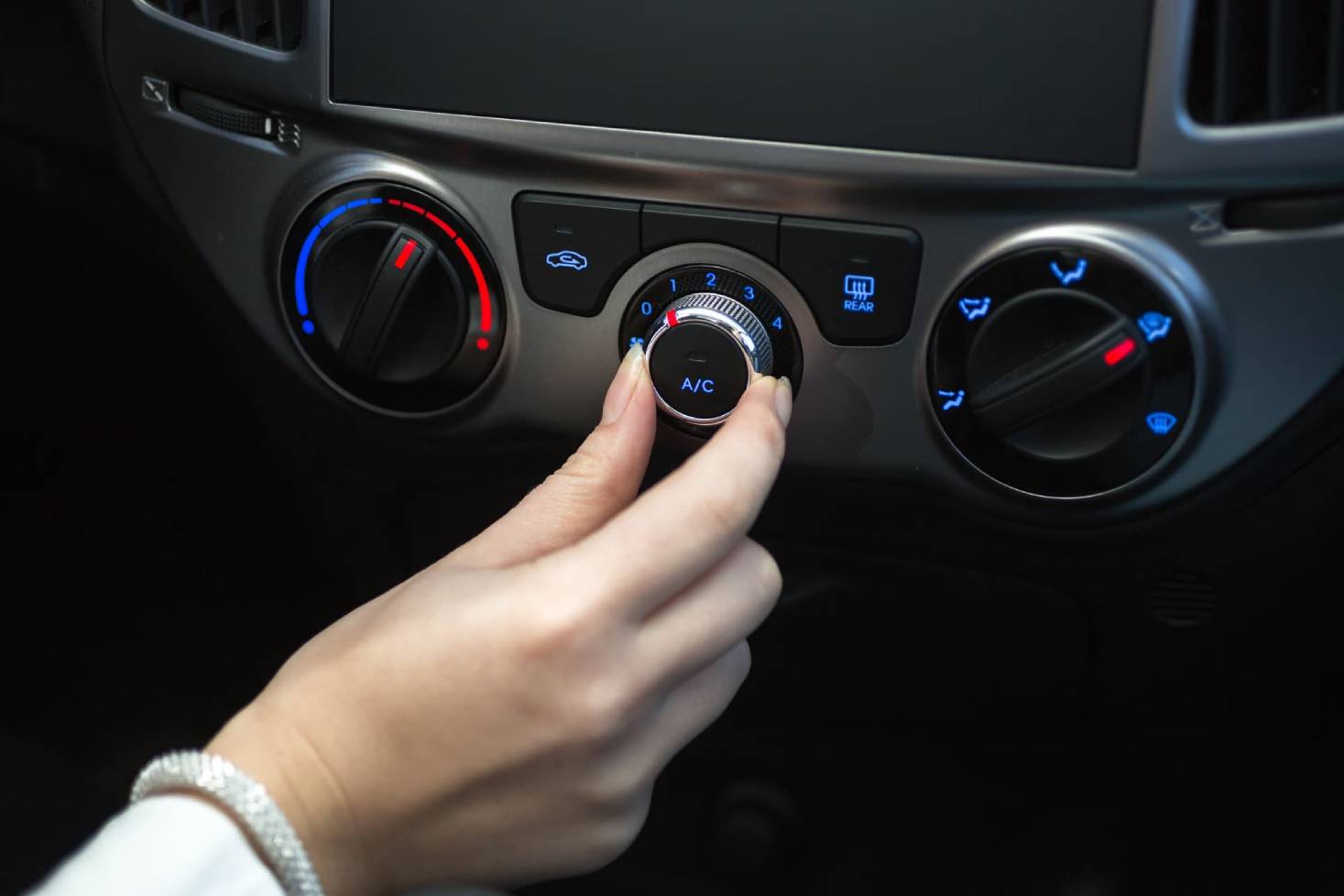
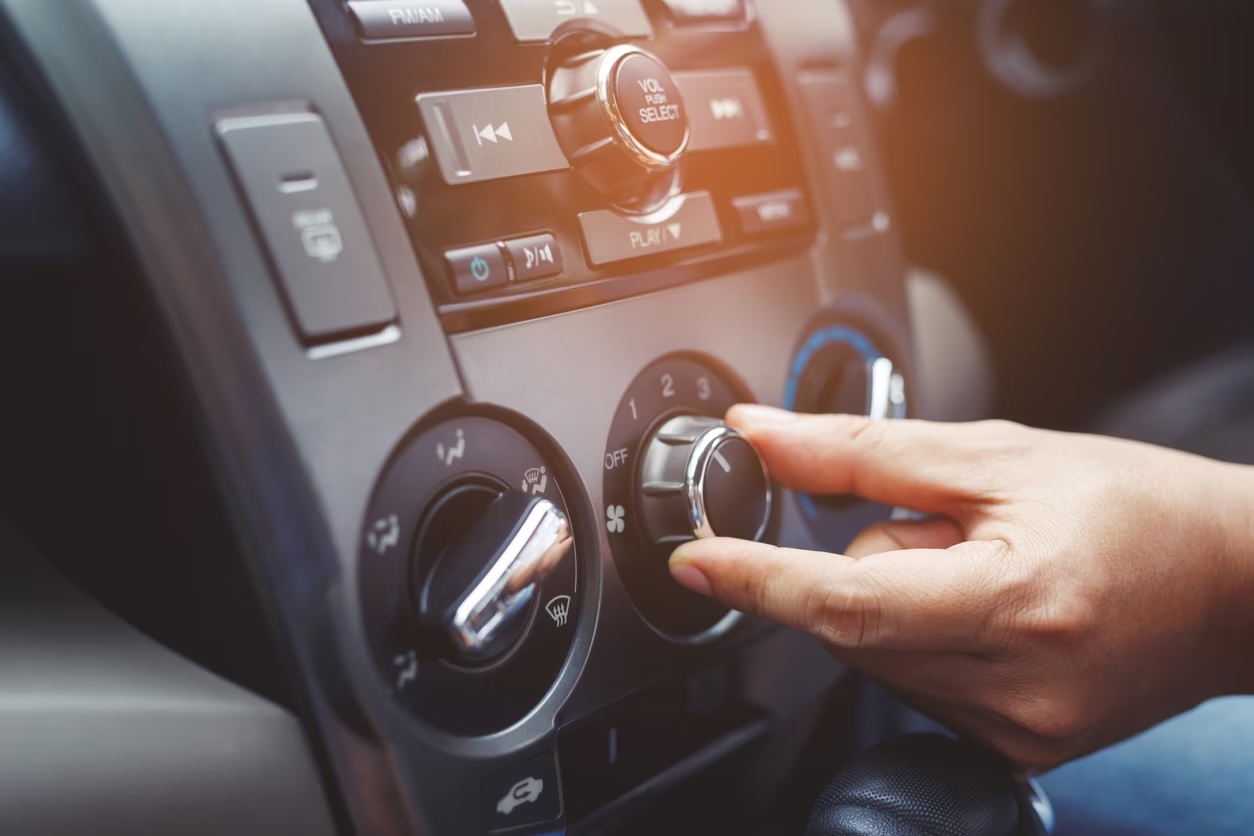




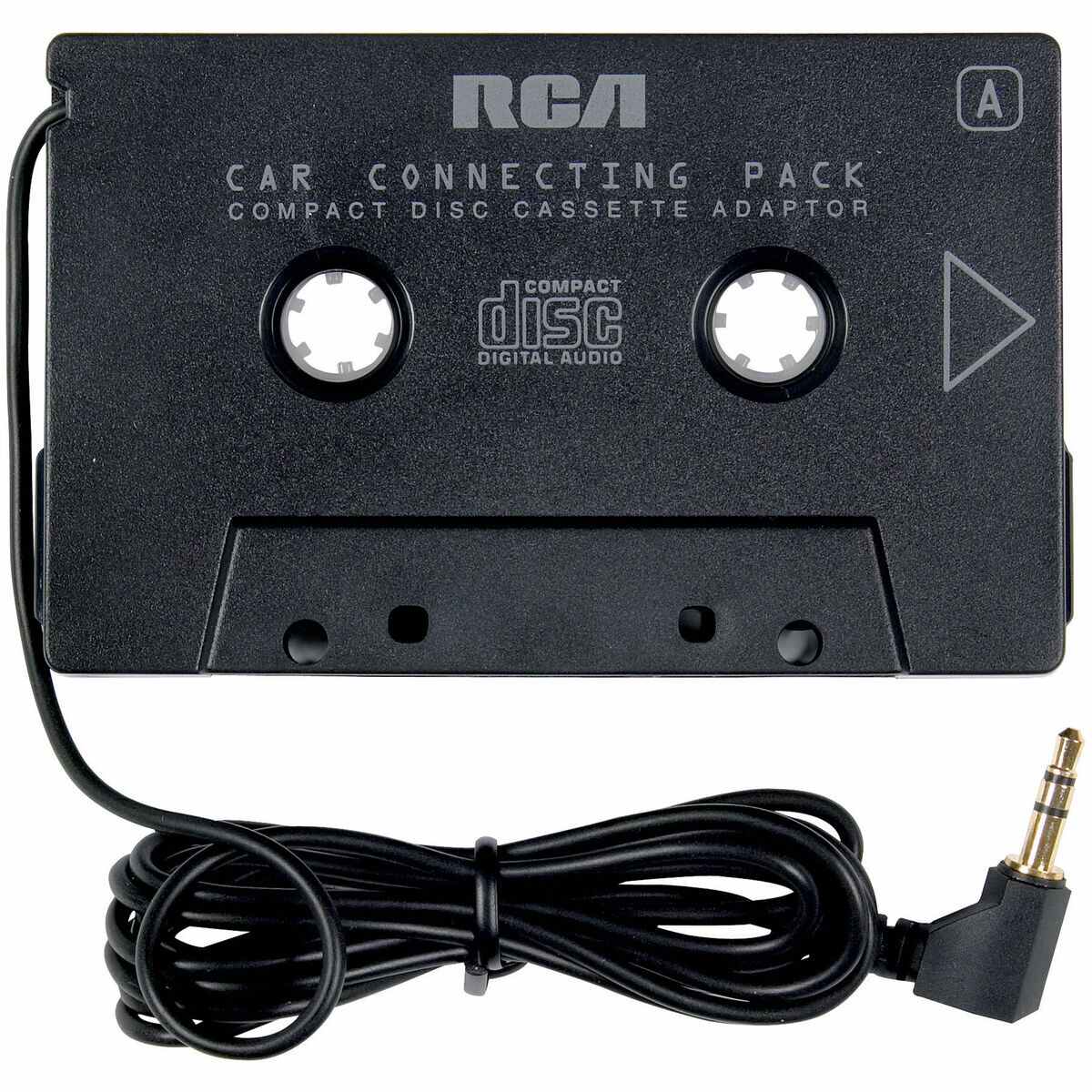
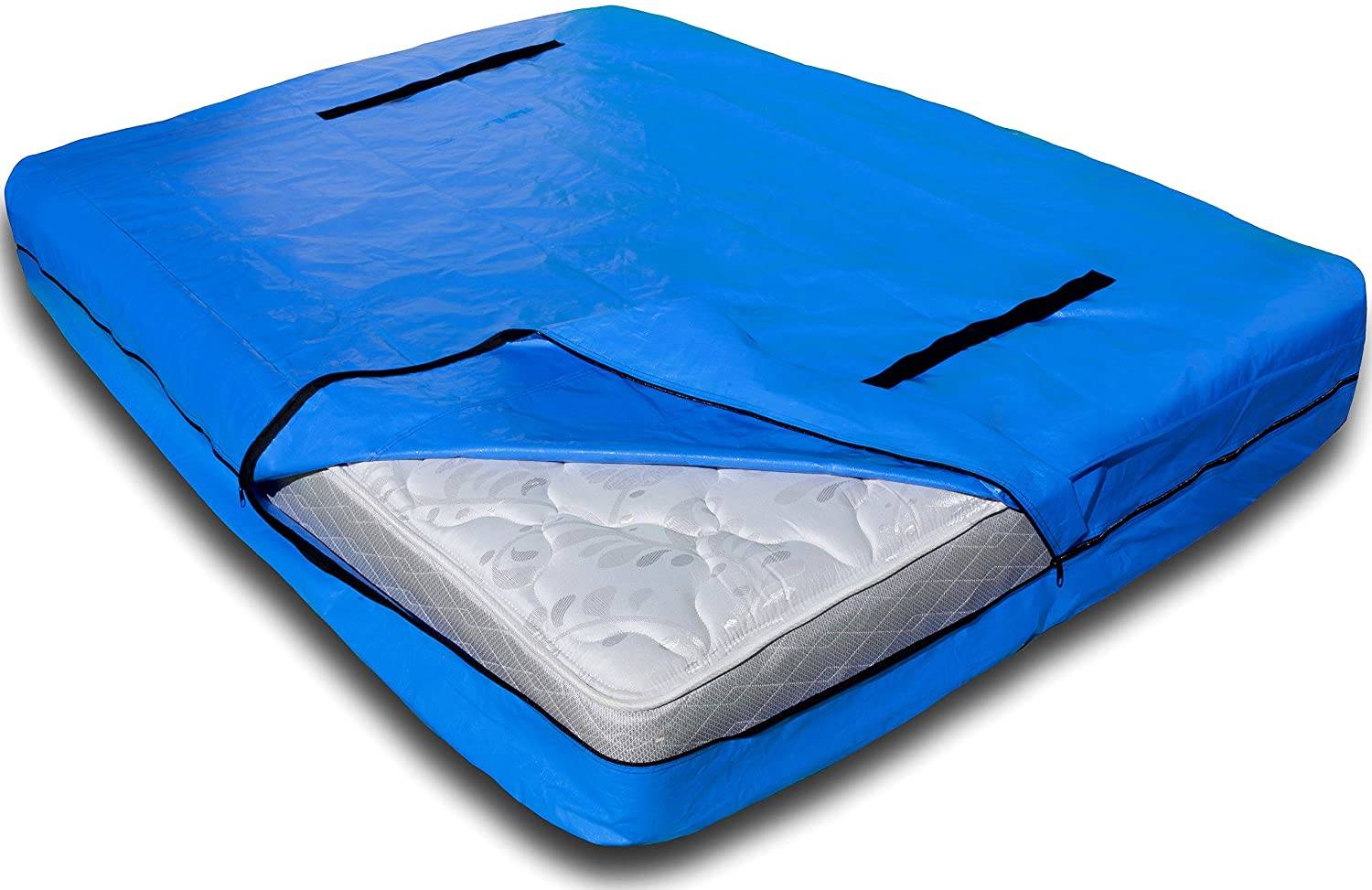




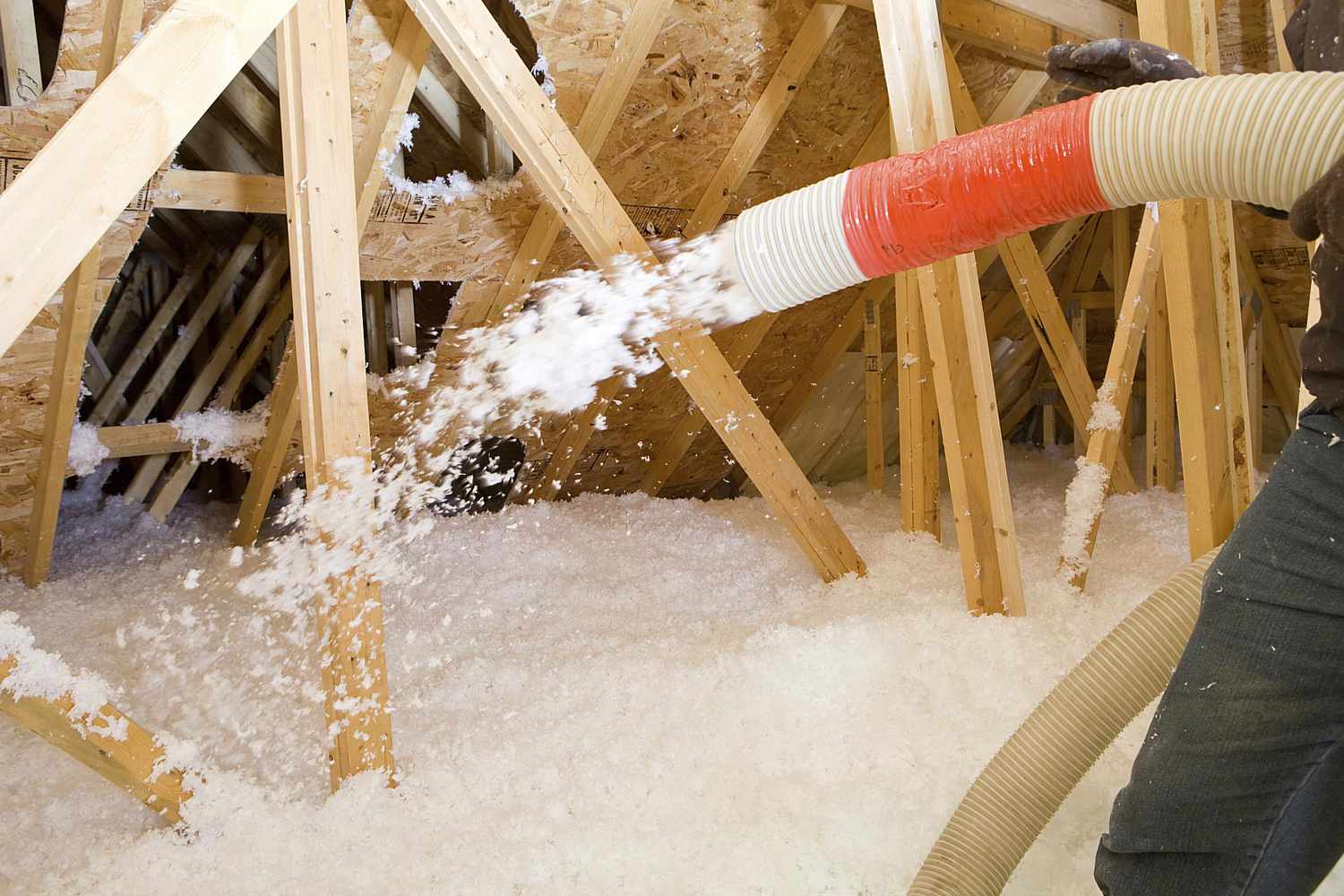

0 thoughts on “I’m On A Fixed Income: Where Can I Get Help With Home Repairs?”